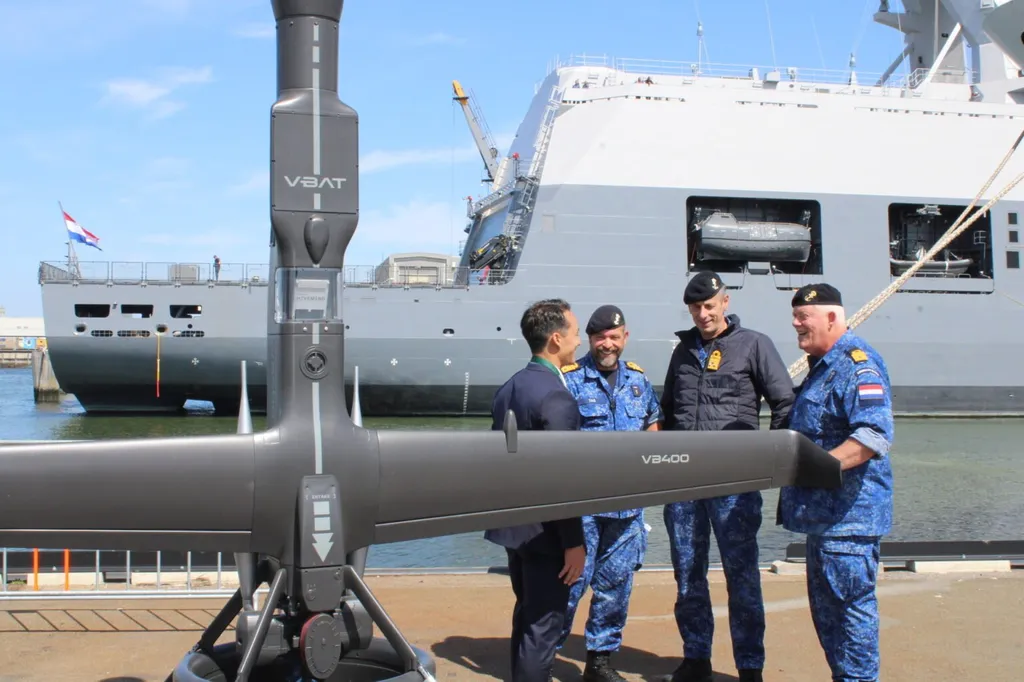Researchers from the University of Amsterdam and the Netherlands Organisation for Applied Scientific Research (TNO) have developed a novel method to detect poisoning attacks on military object detection systems, a critical advancement in safeguarding AI-driven defence technologies. Their work, published in a recent study, addresses a growing concern in the military domain, where the integrity of AI systems is paramount.
The study, led by Alma M. Liezenga and colleagues, investigates the vulnerability of military object detection systems to poisoning attacks. These attacks involve manipulating training data to degrade the performance of AI models, a threat that is particularly concerning in the military domain, where the consequences of such attacks can be severe. The researchers created a custom dataset, MilCivVeh, featuring military and civilian vehicles, to explore the impact of poisoning attacks on military object detectors.
The team implemented a modified version of the BadDet attack, a patch-based poisoning method, to assess its effectiveness. They found that while a positive attack success rate is achievable, it requires a substantial portion of the data to be poisoned, raising questions about its practical applicability. This finding underscores the need for robust detection methods to mitigate such threats.
To address the detection challenge, the researchers tested both specialized poisoning detection methods and anomaly detection methods from the visual industrial inspection domain. However, they found that both classes of methods were lacking in effectiveness. In response, they developed AutoDetect, an autoencoder-based method designed to identify poisoned samples by analyzing the reconstruction error of image slices.
AutoDetect proved to be a simple, fast, and lightweight solution, outperforming existing methods while being less time- and memory-intensive. The researchers emphasize that the availability of large, representative datasets in the military domain is crucial for further evaluating the risks of poisoning attacks and the opportunities for patch detection. Their work highlights the importance of ongoing research and development in this critical area of defence technology.
The implications of this research extend beyond the military domain, as similar threats exist in various sectors where AI systems are deployed. The development of AutoDetect represents a significant step forward in the protection of AI systems against poisoning attacks, ensuring their reliability and security in high-stakes environments. Read the original research paper here.

